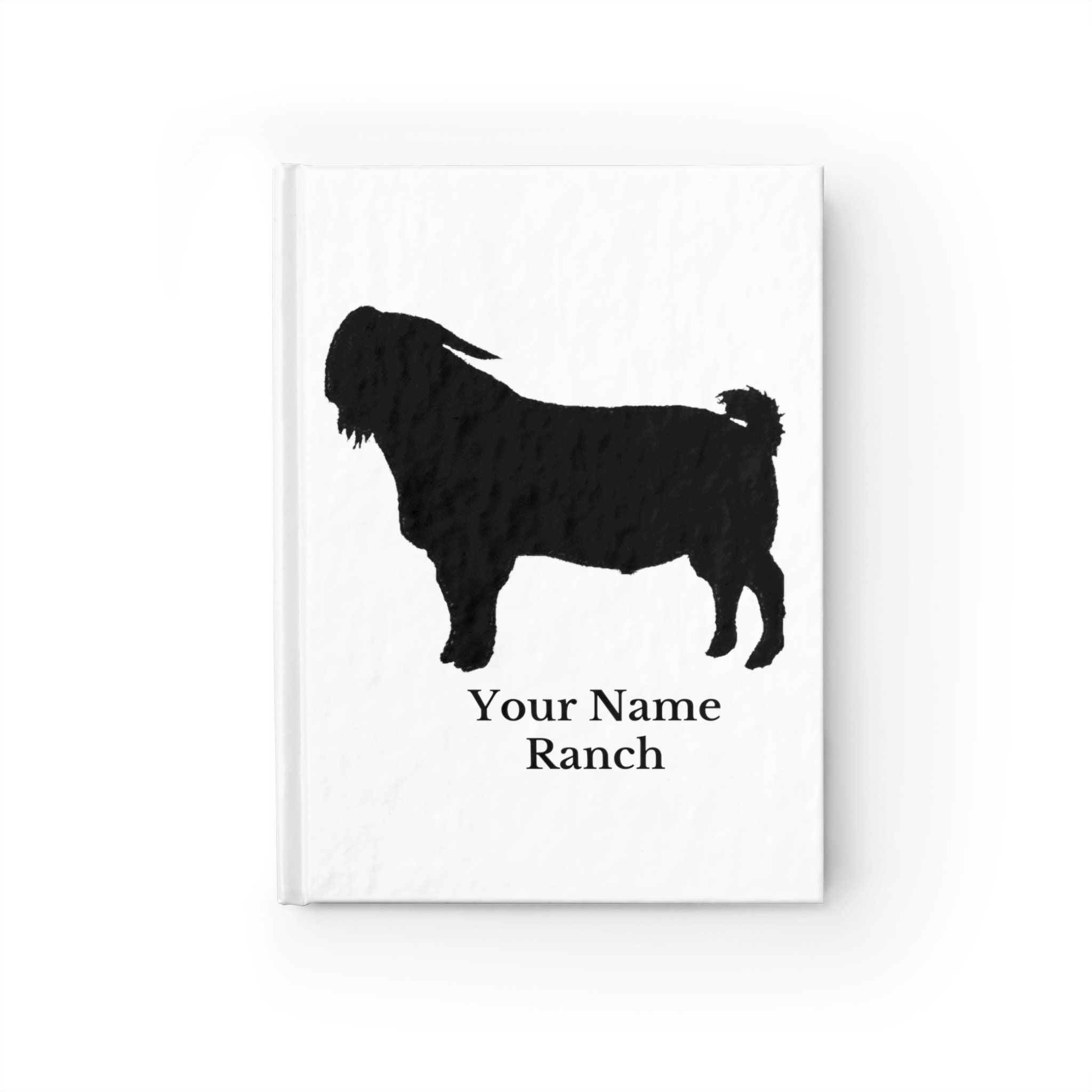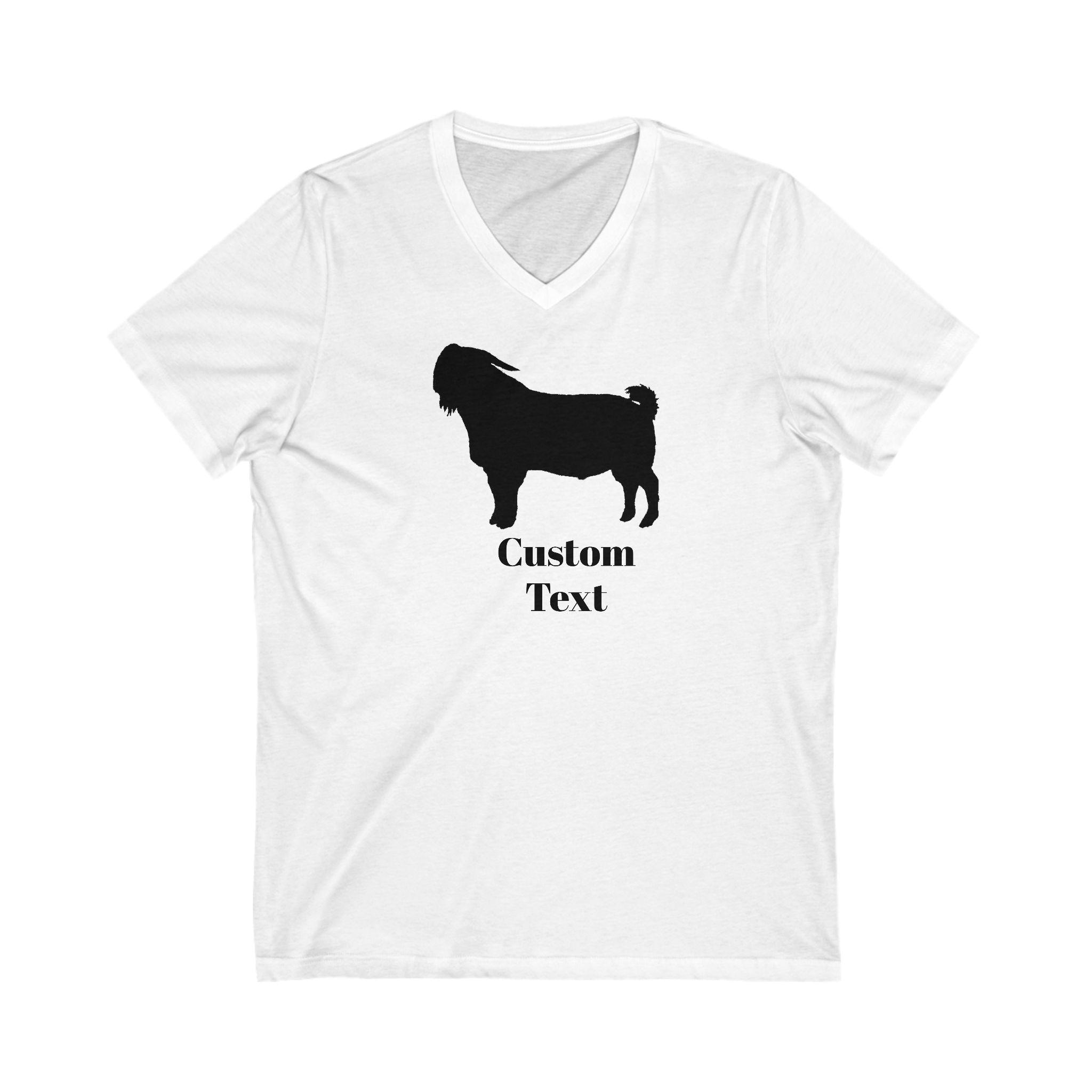Health Care 101 for a Goat Ranch
Health care is a vital issue for all ranchers. Disease has been described as "an absence of health", but when your animals are sick it seems more like the "plague of locusts". There is nothing more frustrating than standing by and watching your investment dwindle and die as your veterinarian bills sky-rocket!
Most health problems can be avoided by knowing the nutritional and housing needs of your animals, and consistently meeting those needs. If you have pregnant does that are due to kid within two months, you can usually avoid pregnancy toxemia by increasing the energy in your feed. If your animals are looking thin and have rough coats, check your worming schedule. Do you provide adequate and appropriate minerals for your feeding program? Do you vaccinate for diseases that are common in your area? Do you try to keep new animals away from the animals you have had longer to prevent introducing new problems to your herd? Do your animals have shelter from the weather? If you can answer "yes" to these basic questions, you are well on your way to a healthy herd. Health management policies are as varied as the breeders who implement them. A large meat herd may do very little to diagnose and treat health problems, while a small breeding stock operation may do extensive blood testing as well as fecal exams for worms, and biannual vaccinations. The important thing to remember is that a healthy goat will grow faster and produce better than a sick goat. Many breeders, of all kinds of livestock, have discovered that you can usually make more money in increased production by worming and vaccinating your animals, and culling diseased animals, than you can save by doing little or nothing for them.
I am always frustrated by the misconceptions and misunderstandings that run rampant about specific potential health problems in a goat herd. For that reason, I am going to explain each issue as fully as I can, and then give you the resources to find out more about goat health care, if you want to. That does not mean that each and every issue is going to make or break your ranch, or even affect you at all. These are just things that you should understand. No one, with more than a few goats, can afford to test for every single possible problem that is out there. Don't make yourself crazy! YOU must decide, for YOUR operation, which issues are important enough that you need to deal with them.
Emergency Procedures and Possible Causes
"An ounce of prevention is worth a pound of cure" is certainly an adage to live by in the goat business! Anyone that raises livestock will eventually face some sort of emergency. However, most goat emergencies arise from an injury or a feed problem that might have been prevented if the breeder knew what to look for, and was paying attention when he saw it.
Now that I've said that, let me say this. Everyone has accidents. Anyone that has ever raised children knows that no matter what we do to try to "child proof” the house, that two year old will still find something to get in to. This is especially true on a large scale ranch, or on a ranch where the breeders (you) are not accustomed to, not only locking the gates behind your animals, but having to hide the key as well. Goats are smart, inquisitive and mischievous. The first year I raised goats I had innumerable escapes, one broken bone, two cases of bloat and several long gashes. Luckily, I learned to think ahead of the goats, and recognize and treat minor injuries myself.
Minor scrapes and cuts are pretty common around livestock. Most of the cuts on my ranch (both human and goat) used to come from barbed wire. When we bought this ranch, it had miles of three strand barbed wire fences. We have since learned that it is going to take a lot more than three strands of barbed wire to keep the goats in, and have covered those fences with field fence. The goats used to love to slide under or over that barbed wire. It was a game. Even when it made long gashes in their backs, sides or stomachs. Another common source of cuts and gashes are nails that have worked loose from fences and goat houses. Learn to carry around a hammer, and train your eye, and your hand, to pick up any screws, nails, pieces of wire or baling twine that happen to be laying around on the ground.
If you find a goat that has cut itself, here are some basic steps to follow. Check the extent of the bleeding. If the bleeding is minor, or has already stopped, the best thing you can do is clean the wound. I have found that hydrogen peroxide is almost universally safe to use to clean wounds. We had a cat once that showed up with a terrible abscess on its leg. We took it to the veterinarian, who kept it for three days draining the wound and trying to get it to start healing. Finally, after a huge vet bill, I received back a cat with an even bigger problem than when it left! So I said, "It can't get any worse," and poured hydrogen peroxide in the wound. Within a week the abscess was completely healed. Well, two years later, my husband had surgery on his leg. The doctor didn't realize that the incision was infected until it burst open on a Sunday afternoon. So what do you do? I closed my eyes and poured hydrogen peroxide in it to wash it out. When the doctor finally called, hours later, he said I had done just the right thing. Now, if it works for cats, and it was good enough for my husband, it is OK to use on goats!
If the severity of the cut is somewhere between a surface scrape to a pretty deep gash, but you don't think it needs stitching, clean it out with hydrogen peroxide, 1% iodine or Betadine. For deeper cuts, you should use a small, sterilized brush with your hydrogen peroxide to clean away any debris like grass, straw or manure. There are a wealth of antibiotic sprays available for this type of injury. Always have one on hand in the barn. Spray the wound with an antibiotic, then put a spray or ointment around the edges to keep the flies away. It will probably be healed in a couple days. Now go and check to make sure that goat's Tetanus shots are up to date! A Tetanus antitoxin shot could be a good preventive measure.
If the cut is more serious and there is a lot of bleeding, put a clean cloth over the wound and press hard to stop the bleeding. Don't keep taking your hand away to check on the bleeding! That defeats the purpose! If you find an exposed bleeding blood vessel, you may have to put a hemostat on it (another good thing to have in your vet kit). Don't put any sprays on it! Secure the bandage in place with either vet wrap or duct tape and head for the veterinarian. If your goat has lost a lot of blood, be sure to keep her warm with an old blanket until you can get her to the vet.
Puncture wounds are harder to deal with because you never know what is happening inside. If you have a puncture wound that you think might be deep, it is probably best to call the veterinarian.
Many times, a veterinarian will suggest a course of antibiotics after a serious injury. In any case, watch the animal for a couple of weeks to be sure the wound doesn't get infected, and the animal doesn't develop a fever, act depressed or go off her feed.
Bloat
Bloat is a relatively common problem in goat herds. There are two kinds of bloat. Free gas bloat and frothy bloat. Either of these problems will make the left side of the flank bulge out drastically, and either of them can kill your goats.
In the case of free gas bloat, you can lightly "drum" on the bulging left side of the goat with your hand and hear a "ping" kind of sound, like a basketball when you thump on it. This kind of bloat occurs when the goat has eaten something that ferments rapidly (usually too much grain), is unable to burp gas off more quickly than it is formed, has something blocking the esophagus, or has one of several odd neurologic or muscular disorders of the esophagus. In other words, the circumstances are not normal. The goat has gotten into the grain or swallowed a piece of bailing twine or apple that won't go down, or has a genetic problem that constitutes culling.
If the animal is choking on a piece of apple, etc., they will be drooling because the saliva won't go down either. You must try to clear the esophagus by reaching in and pulling out the obstruction. If they are bloating because of one of the other problems described above, you can carefully pass a long tube (it has to be long enough to reach their rumen) down the left side of the animal's throat and into the rumen. If the goat seems to be fighting for air, or you can feel them breathing through the tube, or the tube won't go down very far, you missed. A goat can easily bite through the tube, causing more problems, so be sure to put something hard into their mouth next to the tube for them to bite on (Besides your finger. A roll of white medical tape works well.). This is a bit of a trick to do, and a dying goat is no one's favorite guinea pig, but most of us refuse to learn these things until we need them. Once the tube is past the esophagus, (You should be able to feel it pass through the esophagus if you put your fingers on the goat’s neck.) put enough in to reach all the way to the rumen. Then, put the other end into a bucket of clean water. You will be able to see bubbles in the water, and smell an awful smell as gas is released. To get the gas to leave, you may actually have to have your helper push on the rumen with their hands. Do this slowly! A goat that has bloated badly has a circulation problem in all that super tight skin. Releasing the gas too fast can cause a heart attack. Push a few seconds, then let her rest a minute, then push a few seconds.
Frothy bloat sometimes occurs when ruminants eat lush legumes such as alfalfa or clover, and/or are on a ration consisting of a lot of finely ground concentrates. Molasses blocks treated with a bloat inhibitor are highly recommended if your animals are on rich legume pasture. To treat frothy bloat you cannot use a stomach tube. Give the goat poloxalene, oil of turpentine or (my favorite) liquid dish soap. These agents will reduce the surface tension of the tiny bubbles causing the goat to burp them out, or causing them to form one huge bubble, which will allow you to use a stomach tube.
What are the preventative measures for bloat? Pick up string and baling twine! Keep the grain in goat-proof containers (a little like child proof lids) that they really can't figure out how to open. Keep the goats away from the area the grain is stored (in the goat-proof containers). Don't change diets suddenly, and be sure your pasture has a good measure of non-legume grass in it. Don't feed chunks of apple or carrot to your goats unless they are cut up very small. Feed bloat inhibiting blocks when in doubt. You can even pre-treat your high legume pasture with one of various products manufactured to reduce the risk of bloat.
Anaphylactic Shock
Anaphylactic shock is a devastating way to lose an animal. They say the best preventative is to have epinephrine at your side every time you give an injection. Many drugs that we routinely give our goats can cause anaphylactic shock, including C & D Perfringens, tetanus antitoxin and penicillin. Symptoms include trembling, collapse, difficulty breathing, distress and/or bleating, hives, seizures and death. The animal can die within minutes. There is no time to get a vet. Always watch your animals for 15 to 20 minutes after any kind of injection. Also, always pull back on the syringe before giving an injection to be sure you aren't in a vein!
Last year I was giving baby shots to some newborns (something that is difficult for me to do anyway). I gave a pair of twins their shots and moved on to the next set. The first set just kept crying even after I gave them back to their mother. My helpers told me I was being silly to worry, so I went ahead and gave the shots to the third set. The first set was still crying. So I went to look. Their little faces were so swollen up that they could hardly see! Well, I scooped them up and ran into the house to called the vet. The answering service said he would call me back later. Later! I didn't know what to do! The only thing I could think of was some liquid antihistamine I bought for my nephew who had asthma. So I gave them some of that. I have no idea how much I gave them, but it worked. Within minutes the swelling had gone down and they wanted Mama again. The veterinarian called me the next day. I went out and bought some epinephrine.
Fractured Bones
Fractured bones will sometimes occur, even on a truly well managed ranch. The best thing to do is restrain the animal and take it to the veterinarian. Splints can sometimes be applied, but they can be harmful if used incorrectly. Some, very tough, goat ranchers actually cast their animal's breaks themselves, but I tend to think there must be some reason those veterinarians spend all that time at school. How to set a bone, and avoid shock and infection as a result, must surely be one of those reasons!
How do you prevent breaks? Look around and think. When we first started, we brought in all kinds of "toys" for our baby goats to frolic on. Some of these were assorted large wooden wire spools. They were supposed to jump off of them and play "king of the mountain". Which they certainly did. However, it probably took the kids a week to figure out that it was fun to stick their hooves into the holes in the top of those spools, and then watch while that hoof miraculously reappeared when they pulled it back out! Great fun! Until someone else wanted to be "king of the mountain" while that hoof was still in the hole. "Ouch!" We don't give the kids spools to play with anymore.
Piosonings
Poisonings due to something other than poisonous plants (poisonous plants are discussed in the chapter entitled "Feeding for Production") can happen occasionally. If you suspect you may have old paint on your ranch that contains lead, you should take a sample to your county health department and get it tested. Lead poisoning is rare in these days of environmentally safe paint, but it can still happen. Arsenic and urea are two chemicals that are pretty common in the barn/gardening shed and should be carefully locked away from goats.
Copper poisoning can occur through the ingestion of copper-containing footbath solution, or even horse feed with a high copper content. Goats are not as susceptible to copper poisoning in standard feeds as sheep are, and can even become copper deficient if restrained from all sources of copper in an attempt to keep them from being poisoned.
Nitrates and organic phosphates in fertilizers can poison your goats if they are allowed to graze a newly fertilized pasture or get into the fertilizer sack in the barn. Some seed can be treated with pesticides, although goats would be just as likely to die from suddenly ingesting large amounts of the seed, as from the pesticide. When you use herbicides and pesticides on your pastures be sure to follow label directions and keep your goats off the pasture at least as long as the manufacturer suggests!
If you think your goats might be poisoned, try to discover the source, then call your veterinarian for advice. There are different treatments for different poisons.
Normal Goat Statistics:
Body Temperature: 102.5 to 104 degrees F
(body temperature can vary due to outside air temperature and activity)
Pulse/heart rate: 60 to 80 beats per minute
Respiration rate: 15 to 30 breaths per minute
Puberty: 4 to 12 months
Estrus ("heat") cycle: 18 to 23 days
Length of "heat": 12 to 36 hours
Gestation: 145 to 155 days
Excerpt from Raising Meat Goats for Profit by Gail Bowman. May NOT be reproduced in any form without written permission from the author.










